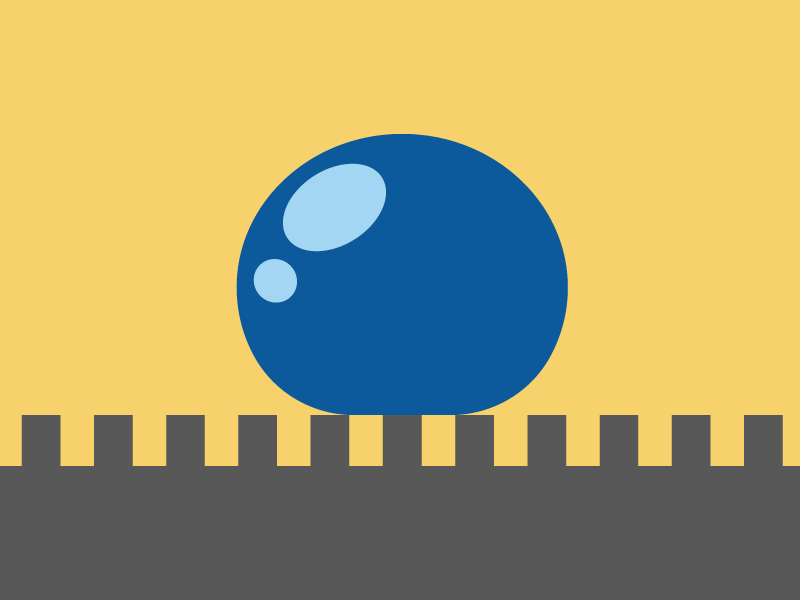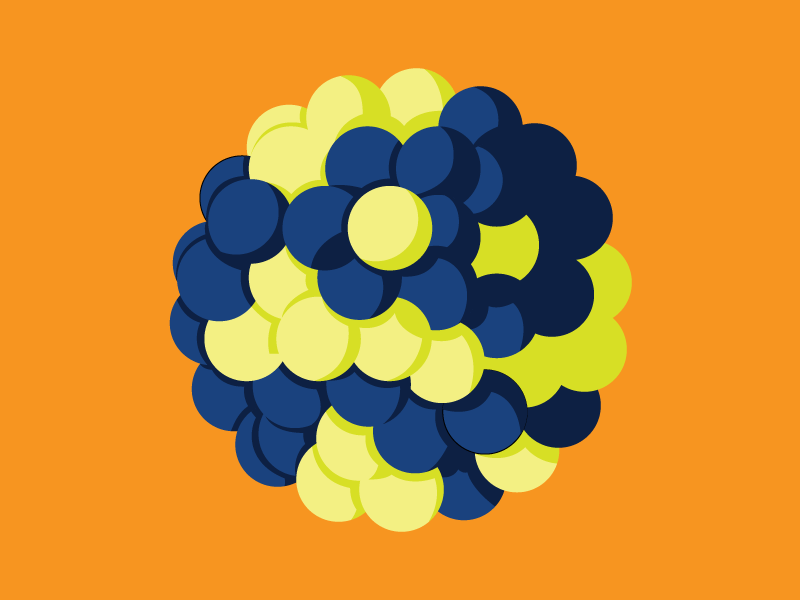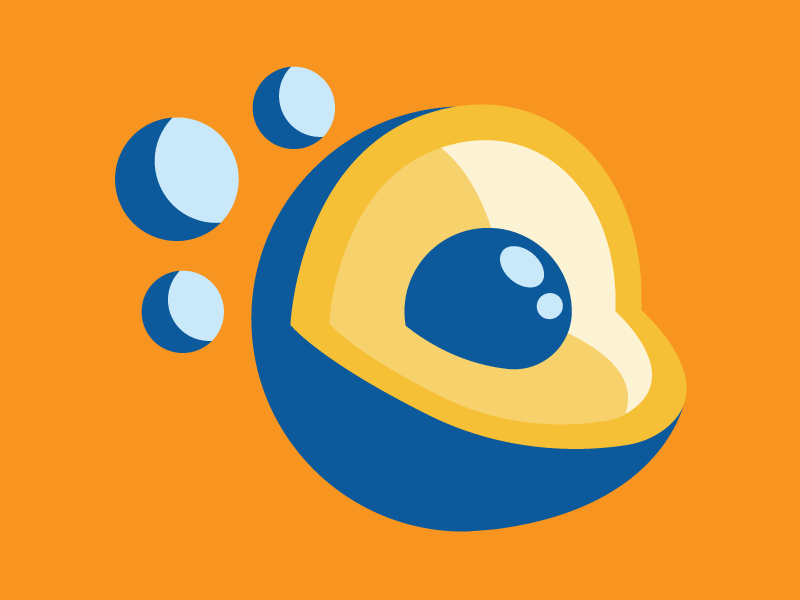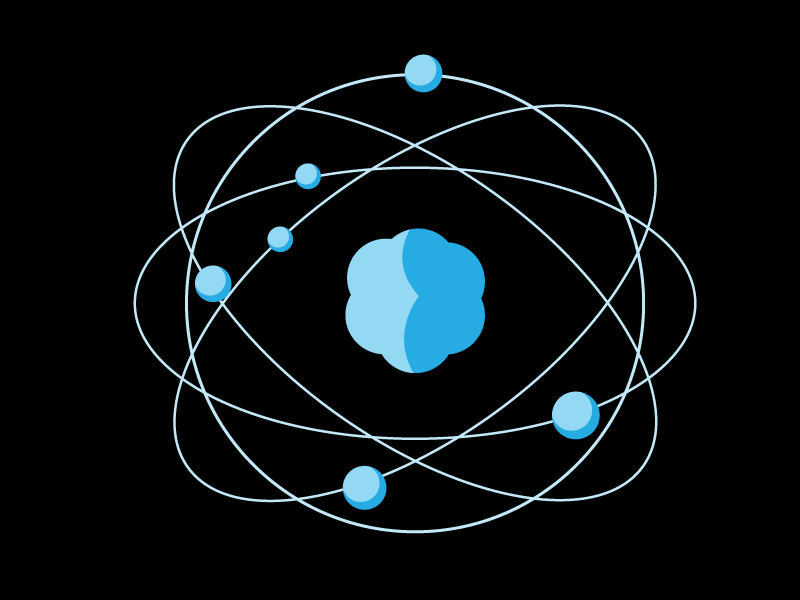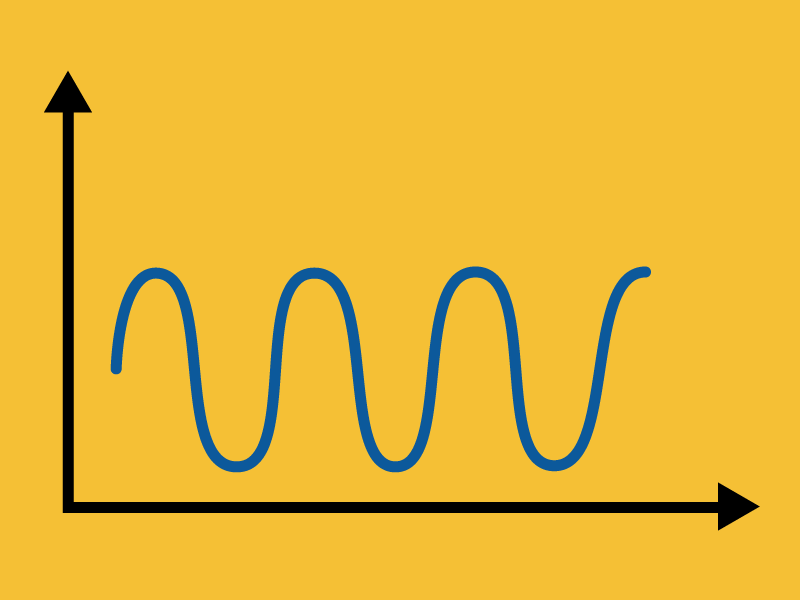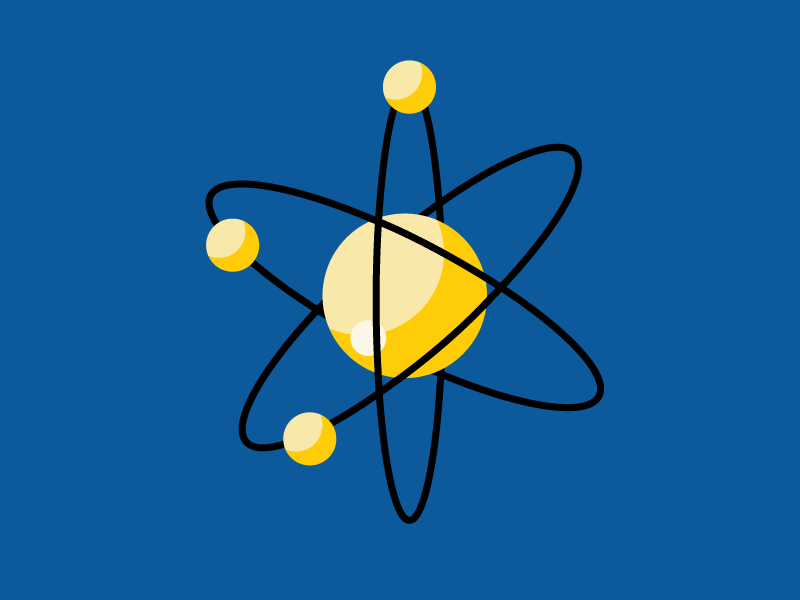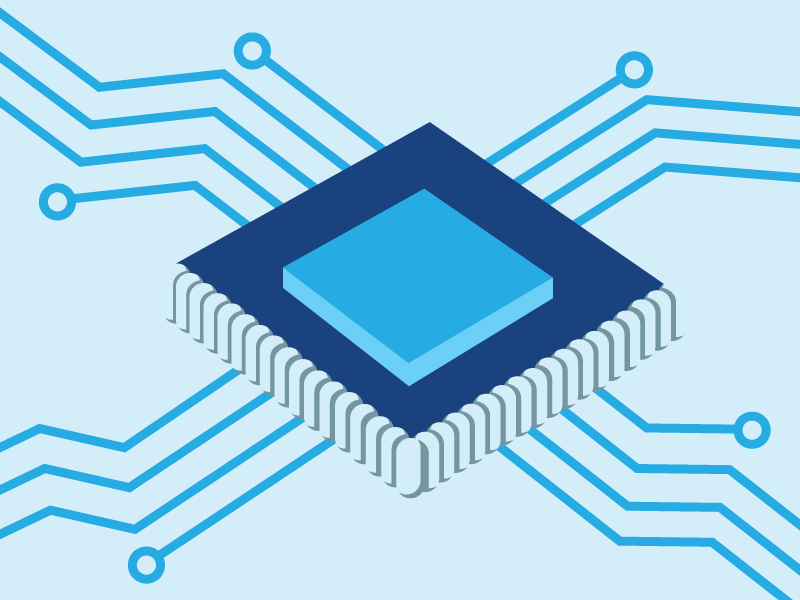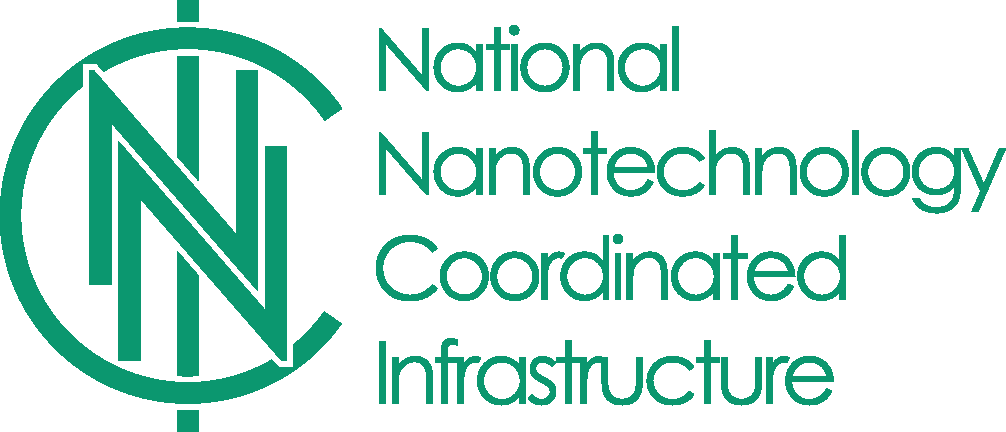Matter Acts Weird

Photo by Peter Ganaj
The way things behave at the nanoscale is very different from how they work in the macroscale. Such as:
-
-
-
-
-
-
-
-
- Light interacts with matter differently, for instance colors can be based on light waves rather than dyes or pigments. Learn more here: https://phys.org/news/2019-12-nanoscale.html
- Matter is so small that gravity becomes insignificant and intermolecular forces dominate.
- Surface effects become important due to large surface area relative to environment.
- Motion becomes complicated.
- Quantum effects dominate.
-
-
-
-
-
-
-
Learn about these unexpected properties of matter at the nanoscale.
We learned about the blue morpho butterfly in previous videos and how it is actually brown but appears blue. It turns out nature has a hard time making blue naturally.
Is it blue or is it nanotechnology? None of the images below have a speck of blue
pigment. All are brown but appear blue due to structural color. This means that the
nanostructures are just the right size for visible blue light to refract and appear
blue.

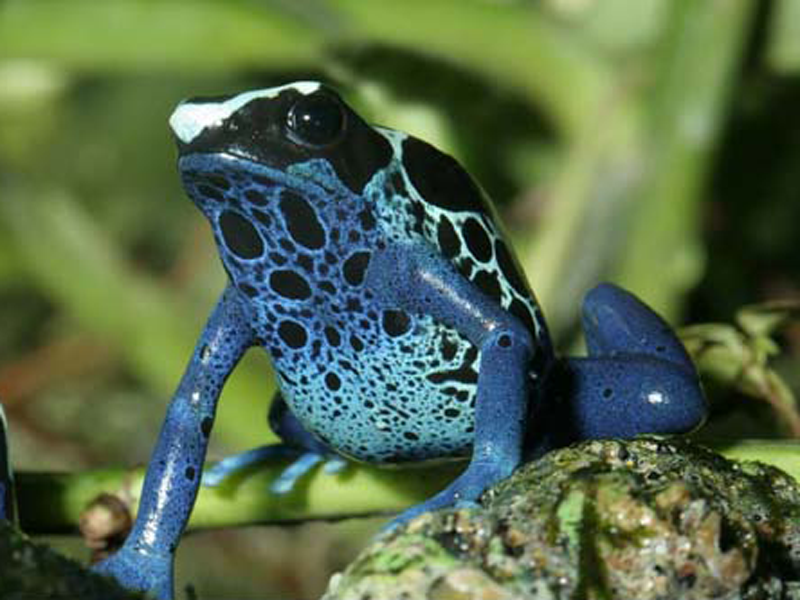
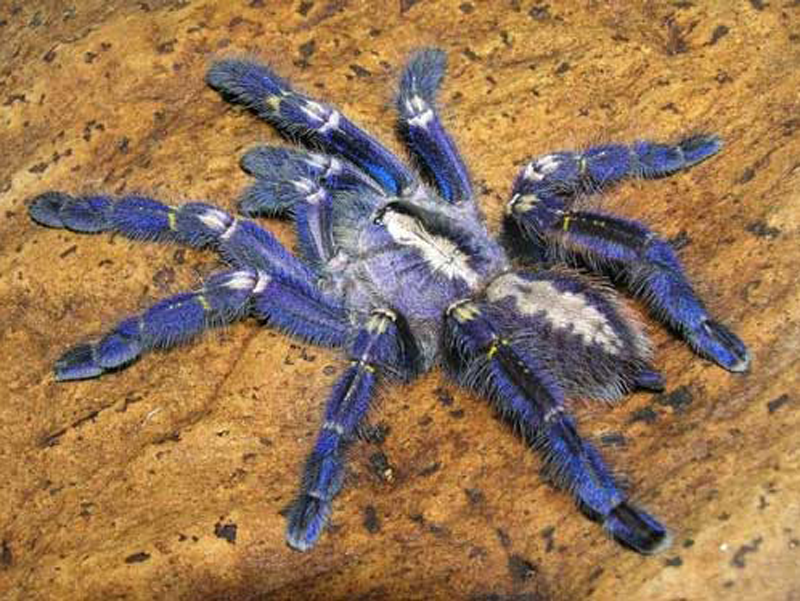
This video, Why is Blue so Rare in Nature, goes more in depth.
The table below shows some nanoscale properties. Learn more about these properties and concepts in the videos in the Learn More column. We have included a few activites for anyone who would like to try some experiements.
|
Property
|
Nano Concept
|
Learn More
|
Activities
|
|---|---|---|---|
Light/Matter Interactions
|
Structural Color
|
||
Light/Matter Interactions
|
Gold and silver nanoparticles reflect a variety of colors and have a multitude of
uses
|
||
Electrostatic Force Dominance
|
Super-hydrophobicity is about harnessing electrostatic forces on surfaces to control wetting
|
|
|
Electrostatic Force Dominance
|
Colloidal particals are on the nano scale, too small for gravity to overcome
|
||
Electrostaic Force Dominance
|
Geckos harness electrostatic forces with nanoscale structures to defy gravity
|
||
Surface Area to Volume Ratio
|
Cell size and surface area to volume-the size of life
|
||
Light/Matter Interactions
|
Quantum Dots
|
||
Quantum Effects
|
Quantum tunneling and STM
|
||
Quantum Effects
|
Quantum Mechanics
|
|
|
Quantum Effects
|
Quantum Computing
|
||
|
*Table adapted from Introduction to Nanotechnology Educators Workshop from Penn State University. |
|||





